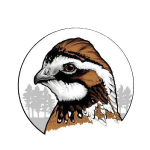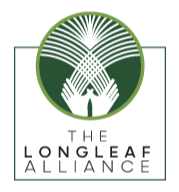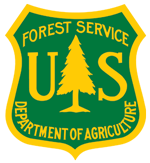Landscape Partnership Resources Library
DRAFT timeline for Connecticut River Pilot
Discussion Draft Timeline for CTR Pilot for Core Team Meeting February 24, 2014 not for distribution
Presentation: LCC Framework for Landscape Conservation Design
Presentation on LCC Framework for Landscape Conservation Design for Connecticut River Landscape Conservation Design Pilot Core Team meeting on February 24, 2014
Presentation: Connecticut River Pilot - Goals & Objectives
Draft ideas for discussion at meeting on February 24, 2014
Presentation: Landscape Conservation Design in the Connecticut River Watershed and Northeast Region
Presentation on Landscape Conservation Design in the Connecticut River Watershed and Northeast Region given by Scott Schwenk at Connecticut River Pilot Core Team meeting on February 24, 2014.
Connecticut River Watershed Pilot Core Team Meeting Attendee List 2-24-14
Core Team members and guests expected to attend Connecticut River Watershed Pilot Core Team Meeting February 24 in Turners Falls, MA
Guidance for Core Team (Draft, 02-2014)
Draft Guidance for Connecticut River Watershed Pilot Core Team, last amended February 2014.
List of Representative Species (Draft, 02-2014)
Draft List of Representative Species In Connecticut River Watershed. Part of regional Representative Species list developed by the LCC/FWS. Includes subset of species being modeled by UMass Amherst for Designing Sustainable Landscapes project.
Connecticut River Landscape Conservation Design Pilot Overview
Connecticut River Landscape Conservation Design Pilot Overview
Shale Gas Development Probability
This map depicts the probability of future gas shale development for the Appalachian LCC geography.
Coal Development Probability
This map depicts the future probability of development for Coal throughout the Appalachian LCC.
ALCC 2012-01 3rd Qtr '13 LiteratureReview
Literature Review of Freshwater Classification Frameworks for the Appalachian LCC Region
The Northern Appalachian/Acadian Ecoregion: Priority Locations for Conservation Action
This report describes the results of a research initiative launched by 2C1Forest to identify irreplaceable and vulnerable locations in the Northern Appalachian/Acadian ecoregion for the purpose of identifying priority locations for conservation action. Our methodology is data driven, comprehensive across the entire ecoregion, and spatially explicit at a high resolution, which allows our results to be replicated and applied at numerous spatial scales. Our approach to identifying priority locations involved three interlocking lines of analysis.
Conserving the World’s Last Great Forest Is Possible: Here’s How
A science/policy briefing note issued under the auspices of the International Boreal Conservation Science Panel and Associates.
Use of Population Viability Analysis and Reserve Selection Algorithms in Regional Conservation Plans
Current reserve selection algorithms have difficulty evaluating connectivity and other factors necessary to conserve wide-ranging species in developing landscapes. Conversely, population viability analyses may incorporate detailed demographic data, but often lack sufficient spatial detail or are limited to too few taxa to be relevant to regional conservation plans. We developed a regional conservation plan for mammalian carnivores in the Rocky Mountain region using both a reserve selection algorithm (SITES) and a spatially explicit population model (PATCH).


























